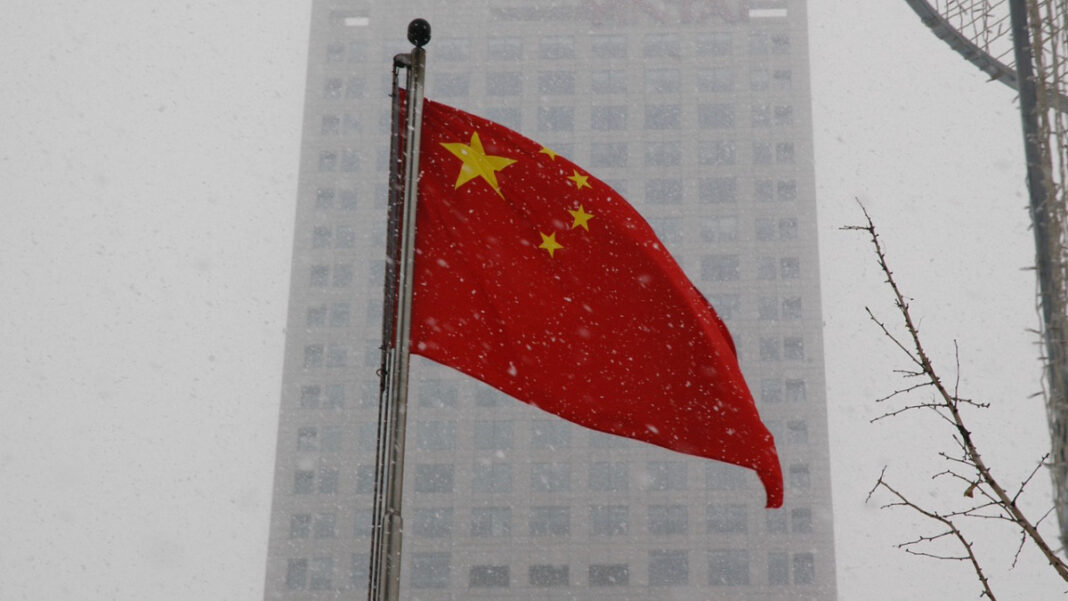CHINA: China needs the ability to shoot down low-earth orbit Starlink satellites and defend helicopters and tanks against shoulder-fired Javelin missiles, as per Chinese military researchers who are studying Russia’s struggles in Ukraine in advance of a possible conflict with U.S.-led forces in Asia.
A source review of nearly 100 articles in more than 20 defence journals reveals that the Chinese military-industrial complex is making an effort to assess the impact of American weaponry and technology that might be used against Chinese forces in a fight over Taiwan.
The Chinese-language journals that also study Ukrainian sabotage operations represent the work of hundreds of researchers from a network of People’s Liberation Army (PLA)-connected universities, state-owned weapons producers, and military intelligence think tanks.
While Chinese officials have refrained from making any overt criticisms of Moscow’s actions or performance on the battlefield as they call for peace and dialogue, the publicly accessible journal articles are more forthright in their assessments of Russia’s shortcomings.
When contacted for comment on the researchers’ findings, the Chinese defence ministry did not respond. Two military attachés and a diplomat with knowledge of China’s defence studies said that the Communist Party’s Central Military Commission, which is led by President Xi Jinping, eventually sets and directs research needs and that it was evident from the volume of material that military leadership saw an opportunity to seize in Ukraine.
The three individuals and other diplomats who spoke to the media under the condition of anonymity did so because they were not permitted to openly discuss their work. A U.S. defence official said that despite differences with the circumstances in Taiwan, the Ukraine battle offered insights for China.
The official, who spoke anonymously due to the sensitivity of the subject, said, “The swift international response to Russia’s invasion of Ukraine should serve as a reminder to everyone that aggression will increasingly be greeted with the cohesion of action,” without addressing concerns raised in the Chinese research regarding specific U.S. capabilities.
China concerns about role of Starlink
In half a dozen papers, PLA researchers draw attention to Chinese concerns regarding the role of Starlink, a satellite network developed by Elon Musk’s American space exploration company SpaceX, in protecting the communications of the Ukrainian military in the face of Russian missile attacks on the country’s power grid.
A September article co-authored by researchers at the PLA’s Army Engineering University said, “Due to the ‘Starlink’ satellites’ great performance during this Russian-Ukrainian conflict, the United States and other Western nations will undoubtedly employ ‘Starlink’ extensively in potential hostilities in Asia.”
The authors considered it “urgent” for China, which plans to build its own equivalent satellite network, to figure out how to shoot down or take down Starlink. SpaceX didn’t respond to a request for comment.
The conflict has also led Chinese researchers to appear to agree that drone combat merits more investment. China has been conducting drone tests in the skies around Taiwan, a self-governing democracy that Beijing has promised to subjugate.
One article in a tank warfare journal published by state-owned arms maker NORINCO, a supplier to the PLA, referred to drones as the “door kicker” of future conflicts and detailed their capacity to neutralise adversarial forces.
While some of the journals are run by provincial research institutions, others are official publications for central government agencies like the State Administration of Science, Technology, and Industry for National Defense, which is in charge of managing the development of new weapons and military advancements.
As per an article published in the administration’s official journal in October, China should strengthen its capacity to protect military hardware in light of the “serious damage” that Stinger and Javelin missiles fired by Ukrainian fighters caused to Russian tanks, armoured vehicles, and warships.
Some of the Chinese articles emphasise the importance of Ukraine in light of the possibility of a regional conflict that could potentially involve Taiwan and pit China against the United States and its allies. Although the U.S. is required by law to give Taiwan the means to defend itself, it has a policy of “strategic ambiguity” regarding whether it would act militarily to defend the island.
Two researchers from the National Defense University of the PLA released an article in October that examined the impact of American HIMARS deliveries to Ukraine and whether China’s military should be alarmed.
In addition to highlighting China’s own sophisticated rocket system, which is backed by reconnaissance drones, the article also noted that Ukraine’s success with HIMARS was dependent on the U.S. sharing target intelligence and information via Starlink.



